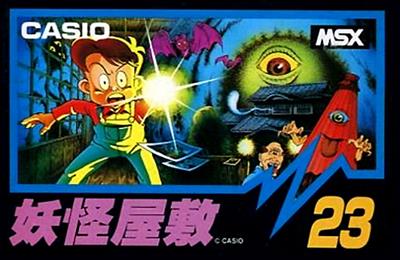

It’s possible the Loopy was spawned from a similar idea, though little information is available on the Internet as to its inspiration. Purikura creator Miho Sasaki took her inspiration for Print Club from home-video editing machines, which allowed the superimposing of titles on pictures.

The Loopy did not appear in a vacuum however.The Loopy’s release date sets it apart from the Purikura craze, which effectively started several months after its release. However, the machines didn’t really take off with the female market until pop star group SMAP took several pictures on their television show, SMAPxSMAP, in 1996. In the months predating the Loopy’s release, Atlus and Sega released the first Purikura machine, Print Club, a photo booth which allowed the application of stickers and backgrounds to photos.The Loopy was Casio’s attempt to get back into the console manufacturing business after previously developing the PV-1000 game console in the early 1980s.Despite its 1995 release date, the Loopy uses cartridges for its games, which are often compared to Super Famicom carts.The Loopy is sometimes called by its second title, My Seal Computer SV-100.The small game library for the Loopy reflects its gender focus, with the genre choices relatively limited between otome games, sometimes known as GxB games, essentially dating sims revolving around a female character and multiple male suitors, and dress-up games.The Loopy was marketed strictly towards females, featuring a lavender, pink, and purple color scheme and a box covered in cartoon hearts.It would never make it out of its homeland. The console was released in October, 1995, in Japan.It would never make its way out of Japan, but serves as an interesting oddity and side attraction in the ongoing video game marketing wars of the 1990s. While it is a game console, this little machine featured the ability to print screenshots of video games as stickers. No, seriously, the Casio Loopy was marketed strictly towards Japanese females, seeing release only a few short months after the first Purikura machines started getting released in Japan.


 0 kommentar(er)
0 kommentar(er)
